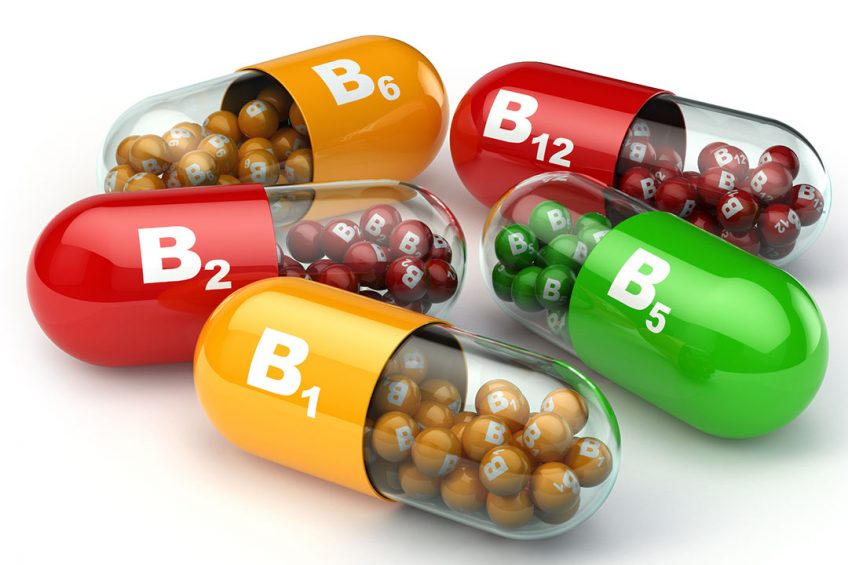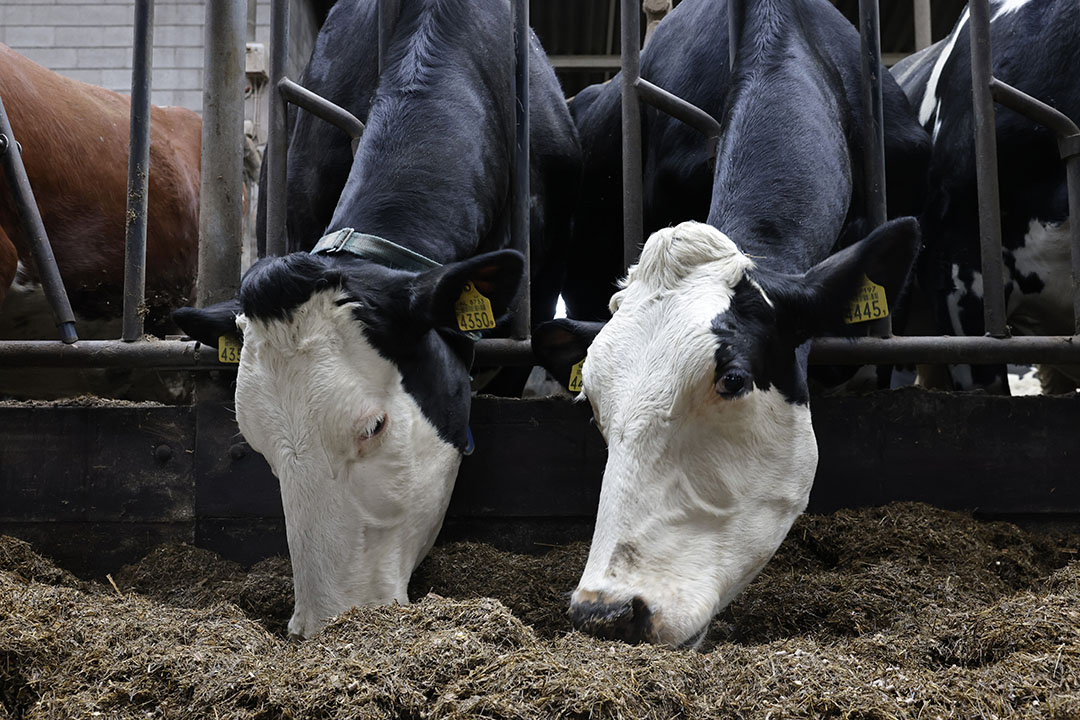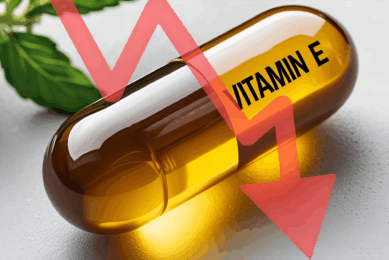Factors affecting vitamin B synthesis in the rumen

Ruminants are capable of synthesising B vitamins. The rate of synthesis is influenced by a variety of factors.
B vitamins are a class of water-soluble vitamins that contain chemically distinct compounds such as thiamine (B1), riboflavin (B2), niacin (B3), pantothenic acid (B5), pyridoxine (B6), biotin (B7), folate (B9) and cobalamin (B12). These compounds play a vital role in cell metabolism, synthesis of red blood cells, and other biological functions.
Ruminant animals are capable of synthesising these compounds through the microbial action taking place in the rumen (see Table 1). The rate of synthesis is influenced by several factors but with different responses, i.e. some B vitamins may respond positively to a given factor while negative responses may be observed with others. It is therefore important to consider these factors when planning a feeding programme to meet the requirement for a specific vitamin and hence achieve the target performance.
Forage-to-concentrate ratio
In one study, concentrations of folates in the rumen fluid were higher in steers fed a diet with a hay-to-concentrate ratio of 30:70 than than those fed a diet with a ration of 70:30. In other studies, thiamin, pantothenic acid, folic acid, niacin, and cobalamin were found in greater concentrations in the rumen fluid of steers fed all-concentrate rations, compared to those fed hay in their rations.
Effect of dietary nitrogen
The addition of urea as a source of nitrogen increased the synthesis of riboflavin, nicotinic acid, biotin, and pantothenic acid in the bovine rumen when a readily available carbohydrate was present. Pyridoxine and folic acid were not too closely correlated with ration composition.
Effect of dietary carbohydrates
The addition of starch to the diet resulted in increased synthesis of B vitamins, particularly riboflavin. In one study, the starch was added at low, moderate, and high levels to diets of lactating cows, and the amounts of riboflavin synthesised in the rumen were 16.6, 17.0, and 24.4 microgram/g, respectively. Similar responses were noted with niacin and pantothenic acid, but to a lesser extent when graded levels of starch were added to the diet.
The physical form of the feed
The riboflavin content was higher when the corn was ground than when it was fed in intact form. Similar responses were noted with ground alfalfa hay, where the amount of thiamine synthesised in the rumen increased by 2-3 fold compared to that synthesised with intact alfalfa hay. The increased values found when ground corn or alfalfa was fed were due to the greater concentration of carbohydrates and water-soluble material per gram of dry ingested feed, resulting in an increase in rumen bacterial growth.

Acidosis
In rumen acidosis, there is an initial decrease in rumen pH, primarily due to an increase in organic acids. As the pH is lowered, the number of protozoa begins to decrease, with a decrease in the number of normal gram-negative bacteria. These changes cause the impairment of B vitamin synthesis. It was also stated that Streptococci, which are rapidly overgrown in rumen acidosis, consume thiamine, which may be a factor in the development of subsequent neurological signs.
Dietary cobalt
Cobalt is the primary dietary precursor of cobalamin in ruminants. On average, 104 micrograms of cobalamin per 100 grams of dry rumen contents were found in cobalt-fed animals, compared to 15 micrograms in cobalt-deficient animals. Although the dietary cobalt of confined livestock is usually adequate, cobalt and secondary cobalamin deficiency is a significant problem for grazing livestock in many parts of the world. The concentration of cobalt in the grazed forage is affected by three factors:
Soil properties: Plants grown on soil containing 15 ppm cobalt with neutral or slightly acid pH can contain more cobalt than plants grown with 40 ppm cobalt and an alkaline pH.
Climatic conditions: Heavy rainfall tends to leach cobalt from the topsoil. This problem is often aggravated by the rapid growth of forage crops during the rainy season, further diluting the cobalt content of the diet.
Plant species: Plants have varying degrees of affinity for cobalt, some being able to concentrate the element much more than others. Legumes, for example, generally have a greater ability to concentrate cobalt than do grasses.
Other factors affecting vitamin B synthesis
Parity: In one study, the concentrations of biotin and cobalamin in rumen fluid were greater in primiparous than in multiparous cows (39.7 vs 33.9 and 5.6 vs 3.2 ng/ml, respectively). This difference was attributed here to the significant difference in dry matter intake (approximately 5 kg per day). The rumen concentrations of the other B vitamins, however, remained unchanged.
Type of forage: Heifers fed silage had 1.4-2.7x more cobalamin in the rumen content than those fed chopped or pelleted hay.
Preservation and stage of plant maturity: Synthesis of B vitamins can be improved by feeding fresh rather than preserved forages. Also, feeding forages at an early stage of maturity favors the synthesis of greater amounts of B vitamins compared to those fed at later stages.
Medication: The use of chlortetracycline or oxytetracycline for the treatment of infected wounds inhibits rumen synthesis of all B vitamins except for cobalamin. In other studies, however, the use of such medicines did not affect the synthesis of B vitamins, but they have adversely affected the digestibility of feed nutrients, with the dietary fibres being the most affected.
Points to consider
Whether to supplement B vitamins is often seen as debatable due to the general misconception that they are produced in sufficient quantity within the rumen by rumen microbes. Recent researchers, however, have reported that major cellulolytic organisms in the rumen had specific requirements for certain B vitamins. Apart from the requirements of the rumen microbes, high-producing cattle also require a higher amount of vitamins to maintain their productivity and protect them against metabolic disorders and/or health problems such as polyneuritis and paralysis. The same holds true for very young animals, where sufficient amounts of dietary vitamin B should be provided until they reach 3-4 months of age and start to have the vitamin synthesised through the changes in the microbial profile and fermentation activities in the rumen.
References are available from the author upon request











